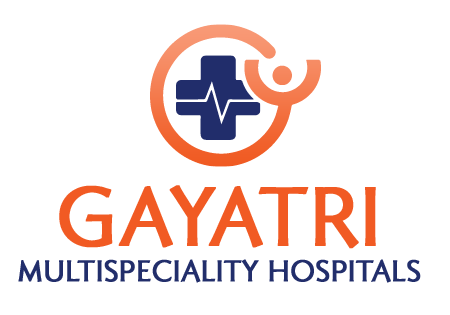Our body is comprised of many joints and they may crumble over the long run either because of aging or an extreme injury. Joint replacement surgery is a strategy that many individuals go through to ease constant joint pain and further develop joint mobility when other non-surgical therapies have demonstrated no result. In case you are having steady joint pain and a restricted scope of movement then, at that point, joint replacement surgery might be useful considering reestablishing your general personal mobility and getting you back to doing the things you appreciate, pain-free.
There are various joint replacement surgeries accessible and relying upon your symptoms and the joint impacted, our joint pain specialist in Ongole will decide the best sort of medical procedure for you.
Most normal sorts of joint replacement surgeries are:
Total Joint Replacement
In this sort of procedure, eliminating part or the entirety of the harmed joint and supplanting it with counterfeit inserts is finished. Knee, hip, and shoulder substitutions are normal kinds of joint replacement surgery. Joint replacement surgery at orthopedic hospitals in Ongole should frequently be possible as a minimally obtrusive methodology, which utilizes smaller entry points, has more limited hospital stays, and has a shorter recuperation time than customary joint substitution techniques.
Partial Joint Replacement
When done on the knee, A partial knee replacement is a choice of knee replacement for certain individuals with osteoarthritis of the knee. This medical procedure at best hospitals for disc problems in AP should be possible when the harm is restricted to a specific compartment of the knee. In a partial knee replacement, just the harmed part of the knee ligament is supplanted with a prosthesis.
All the joints in the body can be replaced, such as the knee, shoulder, hip, elbow, and ankle.
After exhausting all non-surgical options, such as the few listed below. Joint replacement can be done:
- Anti-inflammatory drugs
- Pain medications
- Limiting excruciating exercises
- Assistive gadgets for walking (like a stick)
- Physical treatment
- Cortisone infusions into a knee joint
- Viscosupplementation infusions
- Weight loss (for excess weighted individuals)
- Exercise
